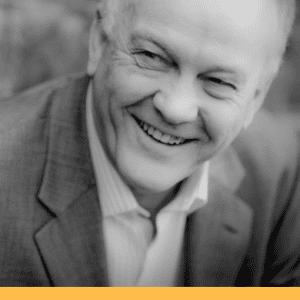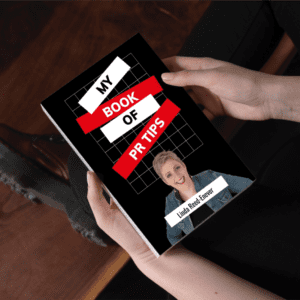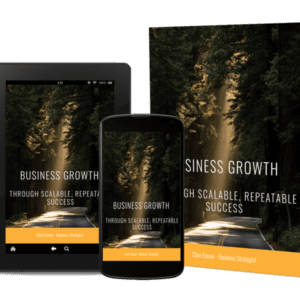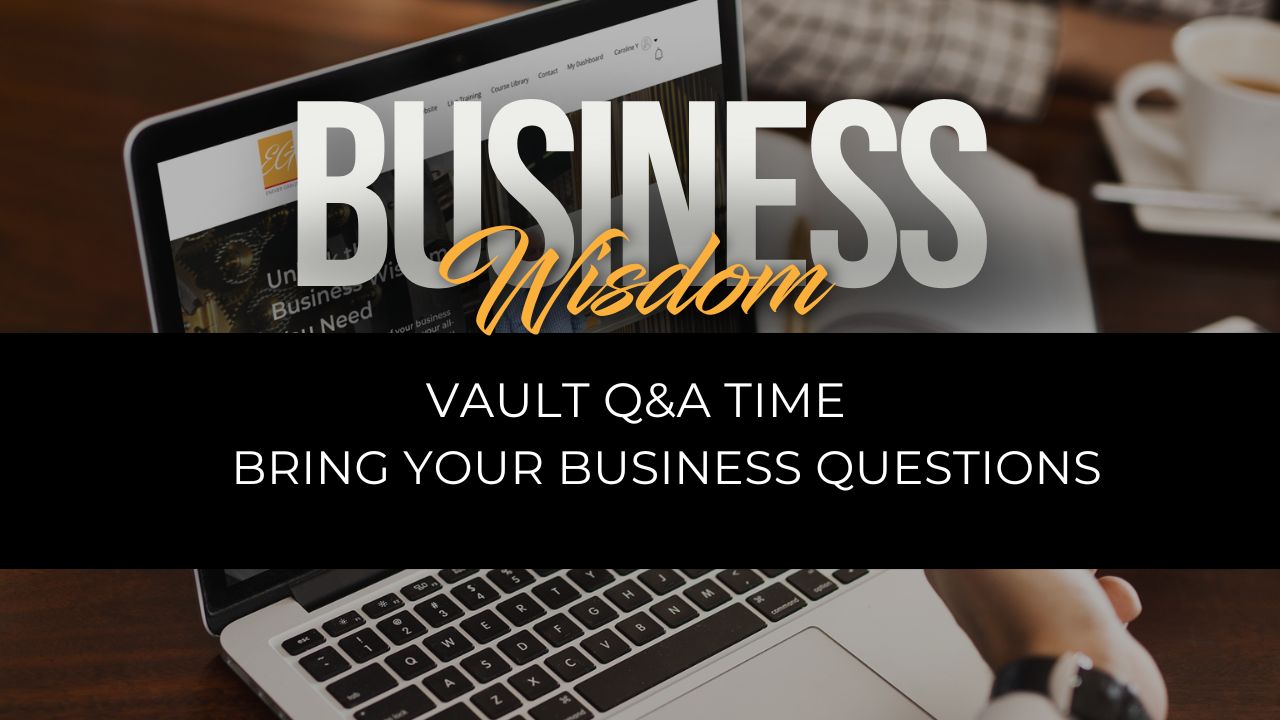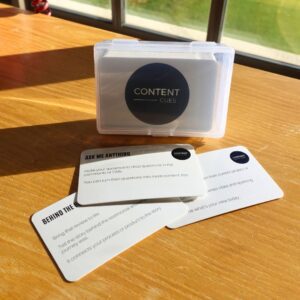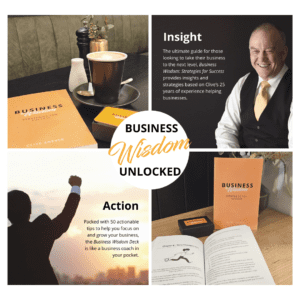Public relations is about telling your story – not just once but time and again, at the right moment in the right place to the right people. It’s about creating and seizing opportunity in a brave new world where the lines between hard news, social media and advertising blur. Your chances of finding that PR angle is often closer than you think.
BOOSTING YOUR CHANCES
Your network is the key to media opportunity, both in the physical and online realms. It’s the journalists and media contacts you make by meeting people and fostering contacts through social media.
Start by following key journalists in your industry on key social media channels including Twitter, Facebook, Pinterest and Google+. Follow the outlets too so you can see the story trends and tailor an article or two just for them.
WHERE TO LOOK
The next great PR angle for your business is often hiding within your day. It’s in the paper your reading, the plans you’re discussing and the idle chat at the water cooler that has your staff engrossed. It’s also in the time of year, and the trending topics on social media.
Today’s paper – What’s making the news today? Topical news stories are great a great opportunity to respond to an issue, comment on it or use your authority to weigh into the debate.
It’s also prudent to set up Google alerts to have any news directly affecting your area of expertise flagged and sent straight to you.
These opportunities help build your brand as a credible source that’s up to speed with the latest events of the world.
What are you planning – Is there something happening within your business? An event, change of premises, new staff member, fresh product line or expansion? These plans you’re making could be the basis of your next release when the time is right.
Your blog – The story you tell your clients if often news, you just haven’t framed it that way yet. A well written blog will have a host of great content that’s tailored to your audience, providing them with essential information in a more casual and personal way. Now it’s about translating these interesting pieces to a more news friendly format.
Your newsletter – Just like your blog, your newsletter often reveals interesting and new facts or stories about your business. So how about sharing on a greater level?
Your competitors – It’s just good business sense to keep a watchful eye on your competitors and the same goes for what they’re talking about in the media. You can gain great inspiration from watching the way they respond to everyday issues or the information they’re releasing. What’s more why should they have all the glory? Feel free to add your two cents as well.
What’s trending? What are your staff members talking about? – Gossip, whether online or in the breakroom, is always fodder for news. Why is something piquing people’s interest so much? Ideally it’s the word on everyone’s lips that pertains to your industry, but sometimes broader topics provide the opportunity to comment as well. So ride the interest wave.
The questions your clients are asking – As PR is all about communication, sometimes the questions your clients ask reveals a whole lot about what people want to hear. So why not answer them through a well-crafted release?
CRAFTING THAT RELEASE
Just like blog writing a media release is all about the headline and the hook, answering the simple question why should they care? It’s about getting a journalist or editor to read on amidst the mounting pile of media releases rolling into their email. And you have to get their attention within seconds.
The headline – The headline can make or break your release. It should be short and snappy while indicating what’s in your release.
The intro – This is where the media release embraces its own unique style. It’s not about teasing, it’s not about theorising, it’s about getting straight to the point with a who, what, when, where, and why or how. Your introduction needs to include all the relevant information in the knowledge an editor may not get past this paragraph unless you give them a reason to read on.
The body – After the introduction, the body of your release includes a series of paragraphs and quotes that decrease in importance the further down you go. This means a release can be cut the bottom up. Keep each paragraph self contained so regardless of how many paragraphs are deleted it still makes sense.
Keep it short – A media release should be no longer than a single A4 page or 400 – 500 words. Your job is to pique the media’s interest not overwhelm or bore them.
Contacts and boilerplate – Finally, your release should finish with contact information and the company boilerplate.
The boilerplate is your media “elevator pitch”. It summarises your business and product offerings to a reader who may have no prior knowledge of them.
This allows the journalist to get to know you and have the details they need to contact you.


